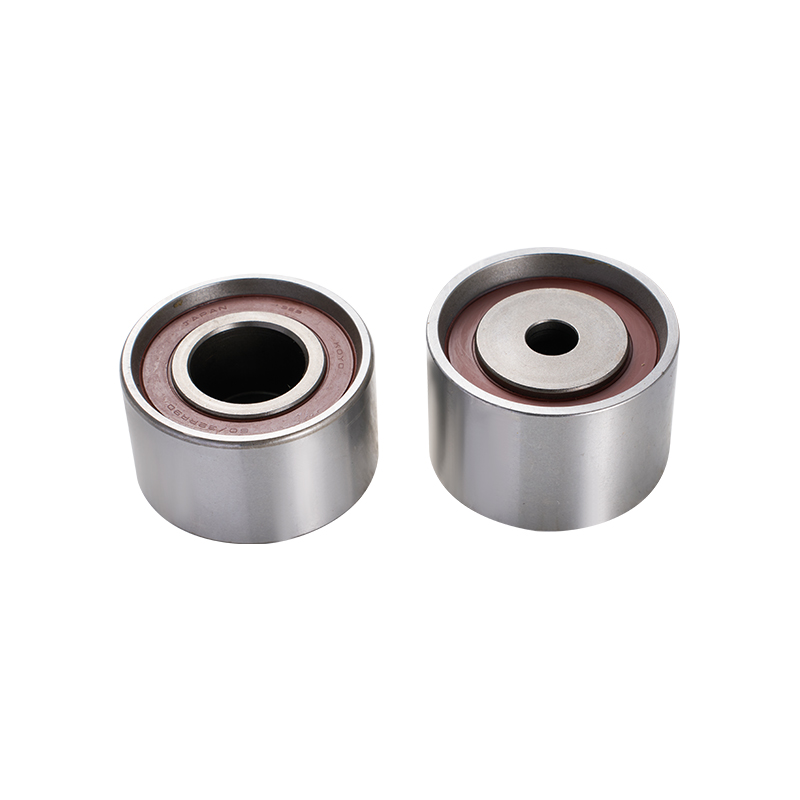In the demanding world of heavy machinery, reliability, durability, and load-handling capabilities are non-negotiable. Whether used in construction equipment, mining machinery, or industrial manufacturing systems, every component must contribute to the overall performance and longevity of the machine. Among these critical components, bearings play a foundational role. One of effective solutions for supporting high loads and increasing system stability is the double row roller bearing.
A double row roller bearing is engineered to accommodate both radial and axial loads with exceptional precision. Its design includes two rows of rollers, which distribute force more evenly across the bearing surface. This enhanced load distribution makes the bearing ideal for heavy-duty applications where machinery experiences significant stress during operation. Because of its robustness, the double row roller bearing extends service life, reduces maintenance frequency, and helps prevent unplanned downtimes.

One variant of the roller bearing that is particularly useful in applications involving misalignment is the double row spherical bearing. This bearing is designed to self-align, compensating for minor shaft deflections or mounting inaccuracies. In heavy machinery, misalignment can be a frequent issue due to structural vibrations or operational wear. The double row spherical bearing helps maintain consistent performance by allowing the shaft to rotate smoothly even under misaligned conditions. As a result, the risk of bearing failure or premature wear is significantly reduced.
Another crucial type of bearing for heavy load applications is the double row thrust bearing. These bearings are specifically developed to support axial loads in both directions. When large axial forces are involved—such as in gearboxes or crane mechanisms—the double row thrust bearing provides a reliable and stable solution. Its two-row design increases axial load capacity without increasing the bearing's overall dimensions, making it suitable for compact machinery designs where space optimization is critical.
The versatility of the double row roller bearing is one of its most appreciated features. It can be found in a wide array of heavy equipment, including wheel loaders, drilling rigs, and steel rolling mills. Because of its high radial load capacity and ability to manage axial loads, the double row roller bearing is favored in situations where machinery is exposed to high torque and vibration. This reliability translates into increased uptime and reduced repair costs.
Similarly, the double row spherical bearing is often selected for applications such as conveyor systems and hydraulic presses, where shaft alignment cannot always be guaranteed. The spherical design enables it to accommodate angular misalignment without compromising load capacity, making it a go-to option for engineers facing unpredictable operating conditions. The double row spherical bearing also excels in high-impact environments, absorbing shocks while maintaining smooth rotation.
For applications focused on axial loads, such as rotating shafts in vertical pumps or gear assemblies, the double row thrust bearing offers a tailored solution. These bearings are designed to support significant axial forces without deformation. By spreading the load across two rows, the double row thrust bearing ensures smoother operation and longer service life, even under persistent stress.
Beyond performance benefits, these bearings also contribute to operational efficiency. A double row roller bearing reduces energy consumption by minimizing friction and heat generation. This translates into better fuel efficiency and reduced wear on surrounding components. Likewise, the double row spherical bearing and double row thrust bearing require less frequent lubrication, lowering maintenance costs over time.
The use of double row roller bearing, double row spherical bearing, and double row thrust bearing in heavy machinery provides a multitude of advantages—from enhanced load capacity and alignment flexibility to extended operational life and reduced maintenance needs. As equipment grows more complex and performance expectations rise, these bearings will continue to be indispensable in ensuring machines operate efficiently and reliably under tough conditions.



 English
English русский
русский
